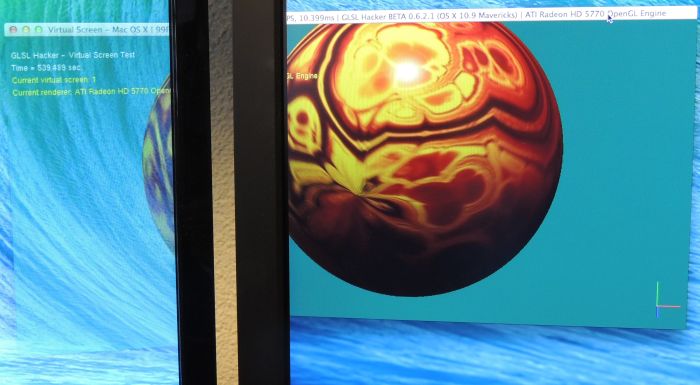
Apple only introduced Metal in 2014, which means any game for Mac built prior to that point (and realistically, quite a few built after) will only run on OpenGL. It’s since told macOS users to prepare for the same transition.īut in this case, the implications are larger. When it told developers to start prioritizing 64-bit apps in the iOS App Store, it was as a prelude to removing the ability to run 32-bit applications altogether. Again, that’s something we can generally count on, because Apple isn’t in the habit of just leaving support for deprecated capabilities in its operating systems. But in the future - probably in the next few years - that’ll inevitably change. OpenGL won’t be used or preferred, but it isn’t going anywhere, either. Right now, Apple is just deprecating the standard. It’s not clear if Metal support for the latest Nvidia GPUs is equivalent to its support for AMD and Intel, given that Apple has stuck to hardware from the latter two companies for the past several years, but this would only likely impact Hackintosh users in any case. It’s compatible with multiple GPUs from Intel, AMD, and Nvidia as well as the custom GPUs Apple builds for its own mobile products.

Metal, for those who aren’t aware, is the API Apple created to bring low-latency draw calls to devices running iOS and later, macOS. To head off some of the blowback, Apple recently released a video on Metal for OpenGL developers to explain some of its thinking and how the situation would unfold going forward. While neither is particularly surprising given Apple’s previous willingness to ignore progression in OpenGL versions, the announcement still kicked off some controversy from game developers who already feel less-than-beloved. This one seems to work a little bit after I changed into full screen, following this Mojave'Hack' to resize your window to other dimension than the initial size.Apple announced at WWDC it would be ending its support for OpenGL and OpenCL. Step 3 above : Try to resize the window using reshape. Change glClear(GL_COLOR_BUFFER_BIT) into glClear(GL_COLOR_BUFFER_BIT | GL_DEPTH_BUFFER_BIT) (this one causing even more warning)ģ.
/article/2010/01/12/110927-opengl_3_500.jpg)
Change glFlush() into glutSwapBuffers() to flush without a callĢ. Sprintf( string, " Some strings", string1 ) ĪrgDrawStringsByIdealPos( string, 10. glClear(GL_COLOR_BUFFER_BIT | GL_DEPTH_BUFFER_BIT) ĪrgDrawMode2D(vp) // draw to the screen char string


 0 kommentar(er)
0 kommentar(er)
